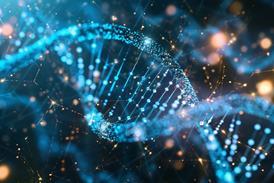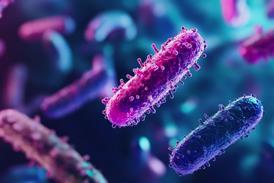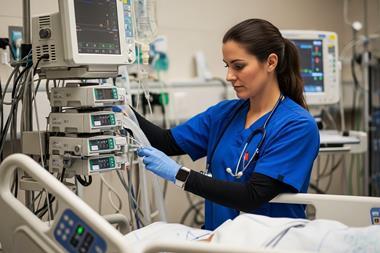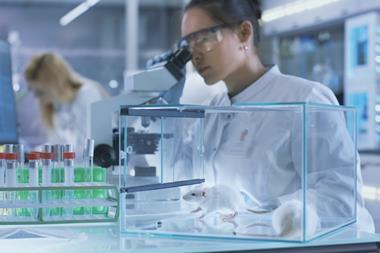
Researchers from the University of California Santa Barbara (UCSB) have found two ways to boost the capabilities of CRISPR/Cas9 – a Nobel Prize-winning gene editing technology.
CRISPR/Cas9 can modify, delete or correct specific regions of DNA. This technology was adapted from the genome editing system used by bacteria as an immunity defence against viruses.
See related article from Regulatory Rapporteur May 2023
The viral vector technology which delivers CRISPR/Cas9 modifications to repair template DNA to cells is deployed because it gain access to highly specific cells. While effective, the researchers from UCSB noted that viral workflows are often expensive and risk toxicity to non-target cells. The researched methodology in question at UCSB – nonviral templates – are more cost-effective, such as promising alternatives like cationic polymers.
Chris Richardson, Assistant Professor at UCSB, added that this approach has worked better “by roughly threefold”, though researchers must overcome issues including toxicity barriers and efficiency.
In their study, Richardson’s lab also found that adding interstrand crosslinks to a homology directed repair template – a DNA template placed alongside the CRISPR/Cas9 machinery allowing the cell to correct or insert a new gene – enabled the crosslinks to stimulate the cell’s natural repair mechanisms, and produced up to three times the editing activity of the uncrosslinked controls.
Further reading:
UCSB: Researchers discover a way to improve nonviral gene editing as well as a new type of DNA repair


























No comments yet